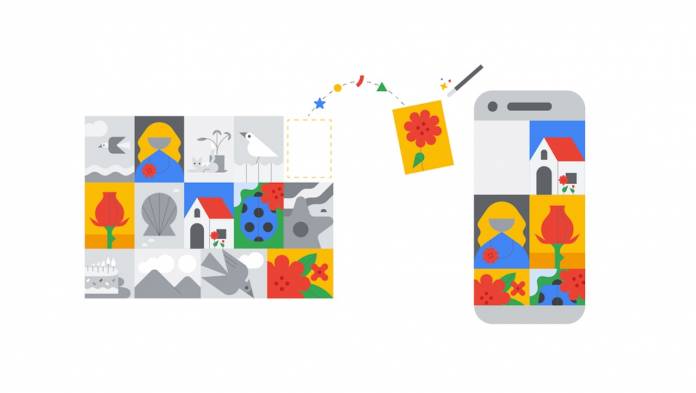
During the Google I/O Conference, we get to know more about the new features and future plans for Google and all of its apps. Despite the upcoming major change to Google Photos’ storage rules, we’re still looking forward to seeing what to expect from them if people decide to stick with it even after June 1, 2021. What we’re getting is better control for the Memories feature within the app as well as a Locked folder so you can passcode-protect the items within the folder.
Memories is one of the most liked features of Google Photos and now they are bringing more features and giving users more control over how this works. Soon they will highlight little patterns that the machine learning sees and present it as part of Memories. They will also add new types of memories like if you celebrate holidays like Diwali, Lunar New Year, Hannukah, and other similar events. They will show up in your photo grid along with the Best of Month Memories and Trip highlights.
For those photos that you don’t want showing up in your Memories, there are controls to hide photos of people or time periods. But now the controls are easier to find. Granular controls on Memories are also showing up, like the ability to rename a highlight or remove it completely. Soon you’ll be able to remove a single photo from Memories, remove Best of Month Memories, or rename or remove Memories “based on the moments you celebrate”.
Google Photos gives a preview of its Cinematic Moments feature that builds on the Cinematic photos feature that they announced last year. It stitches together a series of photos to create a sense of action and movement even from just two photos. It uses computational photography and neural networks to stitch together these nearly-identical photos that you may have taken of your kids or your pets and fill in the gaps in between to create new frames.
Lastly, you’ll soon get Locked Folder which protects the content inside with a passcode. The photos will not show up when you scroll Google Photos or any other apps. It will be available for Pixel users first and eventually get to other Android devices.









